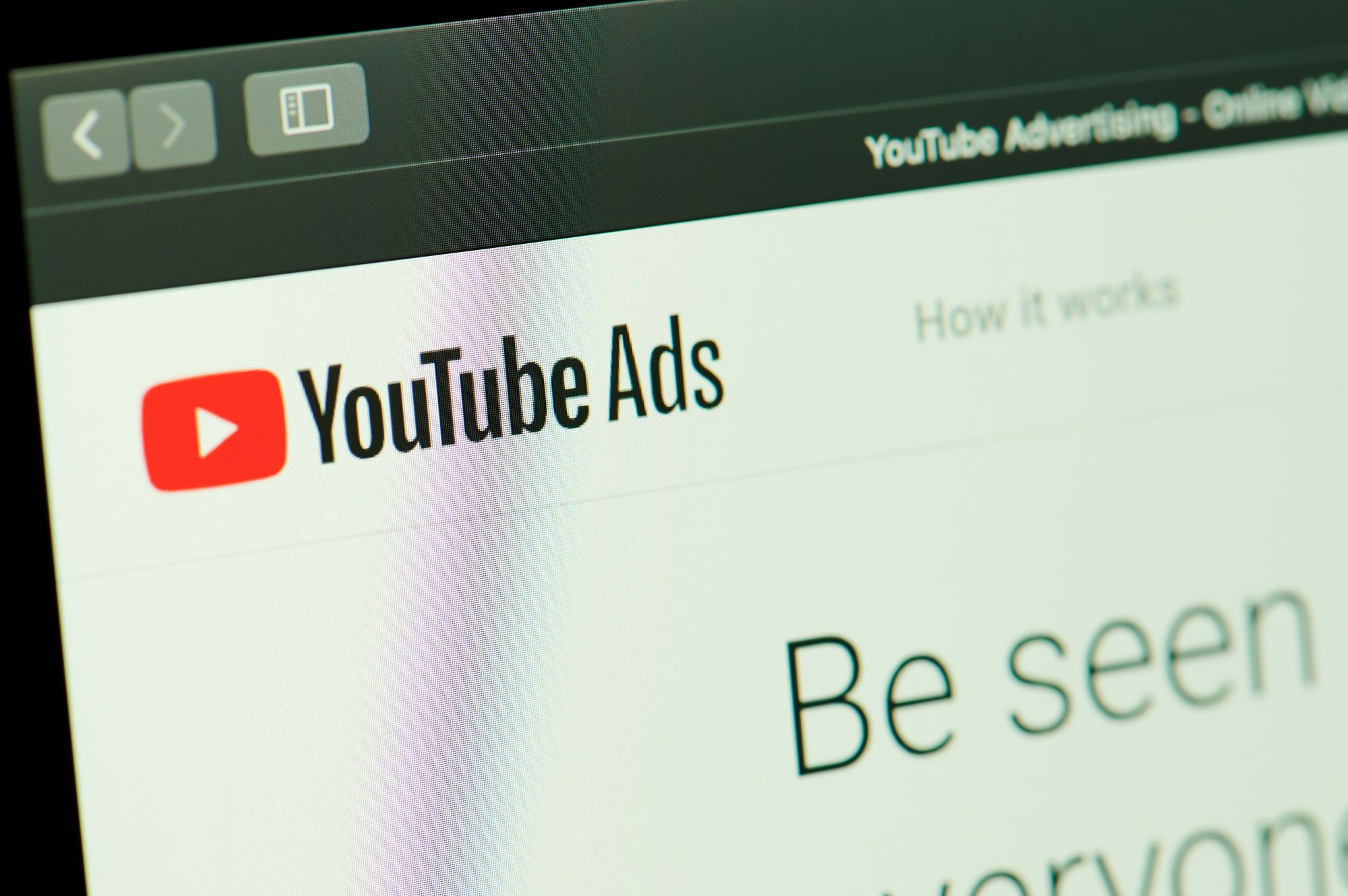Contents
YouTube is named the second largest search engine in the world, with about two billion monthly active users. This massive user base provides an exceptional platform for advertisers to target their desired audience. With YouTube’s advanced ad targeting options, businesses can reach prospects with precision, increasing the effectiveness of their ad campaigns.
If you’re considering introducing YouTube advertising into your strategy, this comprehensive guide will discuss the different ad targeting options available on YouTube and how to make the most of them.
1. Demographics
Demographic targeting is a fundamental element of any ad campaign. You can target your ads on YouTube based on age, gender, and parental status. This helps advertisers focus their campaigns on the most relevant audience, increasing the likelihood of higher engagement and conversion rates.
For example, you sell baby products. In that case, you can target users with the ‘Parent’ status to ensure your ads are seen by people most likely to be interested in your offerings.
2. Interests
Interest-based targeting allows you to reach users based on their interests, such as hobbies, activities, and content preferences. YouTube offers two types of interest targeting: affinity audiences and in-market audiences.
Affinity audiences are users who’ve demonstrated a strong interest in a particular topic or niche over time. By targeting these people, you can connect with users passionate about your brand’s industry or topic.
In-market audiences, on the other hand, are users actively researching or planning to purchase within a specific category. Targeting them can help you reach users in the decision-making phase, and are more likely to convert.
3. Life Events
YouTube allows advertisers to target users based on significant life events, such as getting married, moving houses, or graduating from college. By leveraging life event targeting, you can create more relevant and timely ads that resonate with your audience during these crucial moments.
For instance, if you run a home improvement store, you can target users who’ve recently moved houses, as they’ll likely be interested in purchasing home improvement products.
4. Remarketing
Remarketing is a powerful ad targeting strategy that allows you to reach users who’ve previously interacted with your brand on YouTube or your website. By targeting these people, you can increase brand recall and encourage them to take action, such as making a purchase or signing up for a newsletter.
You can create remarketing lists based on different user actions, such as users who’ve viewed your videos, visited your website, or added items to their shopping carts but didn’t complete the purchase.
5. Video Ad Sequencing

Video ad sequencing is a unique targeting option that allows you to show a series of video ads to users in a specific order. This strategy helps you tell a cohesive story, gradually introducing your brand and products to the audience while building trust and familiarity.
To use video ad sequencing, you need to create a campaign with multiple video ads, set the order in which they should be shown, and specify the targeting criteria for each ad. This approach can help you guide users through the different stages of the customer journey, ultimately leading to higher conversion rates.
6. Placement Targeting
Placement targeting enables you to show your ads on specific YouTube channels or videos, ensuring that your ads are displayed alongside relevant and appropriate content for your target audience. This targeting option is particularly useful for advertisers who want to associate their brand with specific influencers, niches, or themes.
To use placement targeting, you need to identify the YouTube channels or videos most relevant to your target audience and add them to your targeting list. This will increase the likelihood of reaching the right audience and boosting engagement.
7. Topic Targeting
Topic targeting allows you to show your ads on YouTube videos related to specific topics or themes. This option is useful for advertisers who want to reach users interested in a particular subject matter, ensuring their ads are displayed in a context relevant to their audience.
To use topic targeting, you need to select the topics or themes most relevant to your products or services. YouTube will then use this information to display your ads on videos that fall within those categories.
8. Keyword Targeting

Keyword targeting enables you to show your ads on YouTube videos that include specific keywords or phrases in their titles, descriptions, or tags. This helps you reach users currently searching for content related to your brand or industry.
To use keyword targeting, compile a list of relevant keywords and phrases that users might use when searching for content related to your offerings. YouTube will then use this list to display your ads on videos with keywords or phrases.
9. Device Targeting
Device targeting allows you to show your ads to users accessing YouTube from specific devices, such as smartphones, tablets, or desktop computers. This targeting option can help you tailor your ad content to the unique needs and preferences of users based on the device they are using. Hence, the bigger the chances of reaching the right audience and driving higher engagement.
The Bottom Line
YouTube ad targeting provides advertisers with a multitude of options to reach their desired audience with precision. By understanding and implementing these strategies, you can maximize the return on your YouTube advertising investment and drive higher conversion rates for your business.

